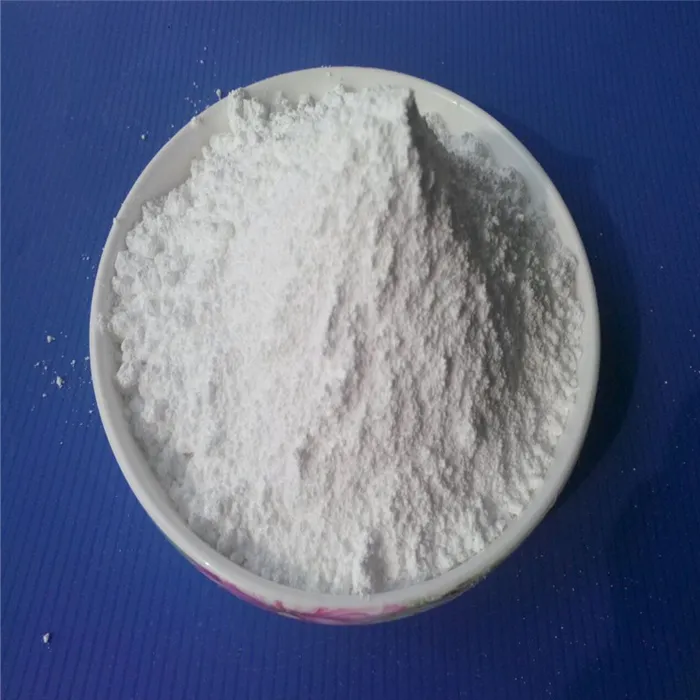The Role of Biodegradable Masterbatch in Sustainable Plastics
In recent years, the growing concern over plastic pollution has prompted industries to seek sustainable alternatives to traditional plastics. One innovative solution gaining traction is the use of biodegradable masterbatch. Biodegradable masterbatch is a concentrated mixture of biodegradable polymers and additives, which can be used to enhance the properties of standard plastics, making them more environmentally friendly.
Biodegradable masterbatches are designed to improve the degradation process of plastics when they are discarded. Unlike conventional plastics that can take centuries to decompose, products made with biodegradable masterbatch can break down much more quickly under the right conditions, often within a few months to a few years. This characteristic is particularly crucial in combating the detrimental impact of plastic waste on ecosystems and wildlife.
The process of creating biodegradable masterbatch involves mixing biodegradable materials, such as polylactic acid (PLA) or polyhydroxyalkanoates (PHA), with additives that enhance its performance
. These materials are typically derived from renewable resources, including plant starch, and are non-toxic, making them safer for the environment. When incorporated into standard plastic manufacturing processes, these masterbatches allow for the production of items like bags, packaging, and food containers that can perform similarly to conventional plastic but with the added benefit of being biodegradable.biodegradable masterbatch

Incorporating biodegradable masterbatch into production processes not only addresses waste management issues but also aligns with the growing consumer demand for sustainable products. As more consumers become aware of the environmental impacts of their choices, they seek products that demonstrate a commitment to sustainability. Companies that adopt biodegradable solutions can enhance their brand image and appeal to eco-conscious consumers, ultimately driving their sales.
Moreover, the development of biodegradable masterbatch opens up new opportunities for innovation in the plastics industry. Researchers and manufacturers are continually exploring ways to improve the properties of these materials, looking at how factors like temperature, humidity, and microbial activity can influence degradation rates. This ongoing research promises to expand the applications of biodegradable masterbatch beyond traditional plastic items, potentially revolutionizing industries such as agriculture, construction, and textiles.
While the advantages of biodegradable masterbatch are numerous, challenges remain. Ensuring that these materials perform effectively in various environments is crucial for their widespread adoption. Additionally, cost considerations and the need for proper waste management systems to support biodegradation are critical factors that industry stakeholders must address.
In conclusion, biodegradable masterbatch represents a significant step towards more sustainable plastic production. By facilitating the creation of biodegradable products, it aids in the reduction of plastic pollution and aligns with the global push for a circular economy. As technological advancements continue to evolve and consumer preferences shift, biodegradable masterbatch could play a vital role in shaping the future of plastics, paving the way for a more sustainable approach to manufacturing and consumption.

